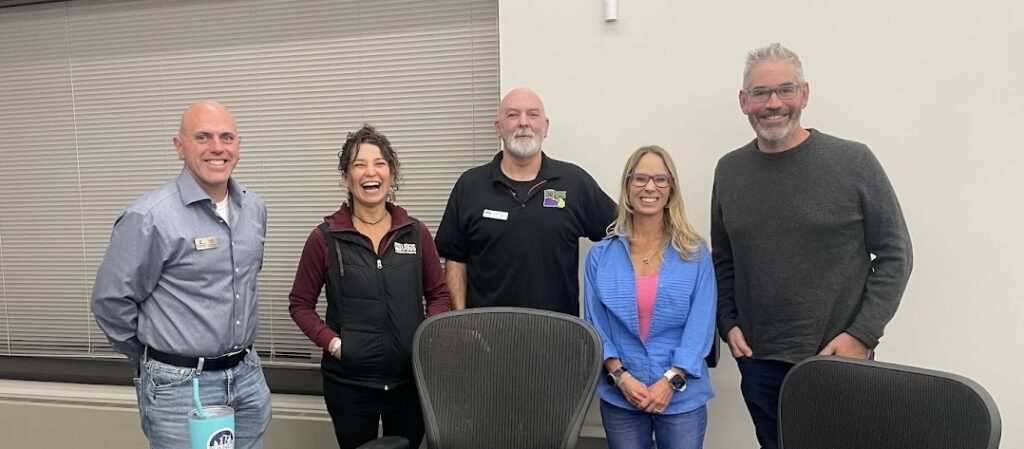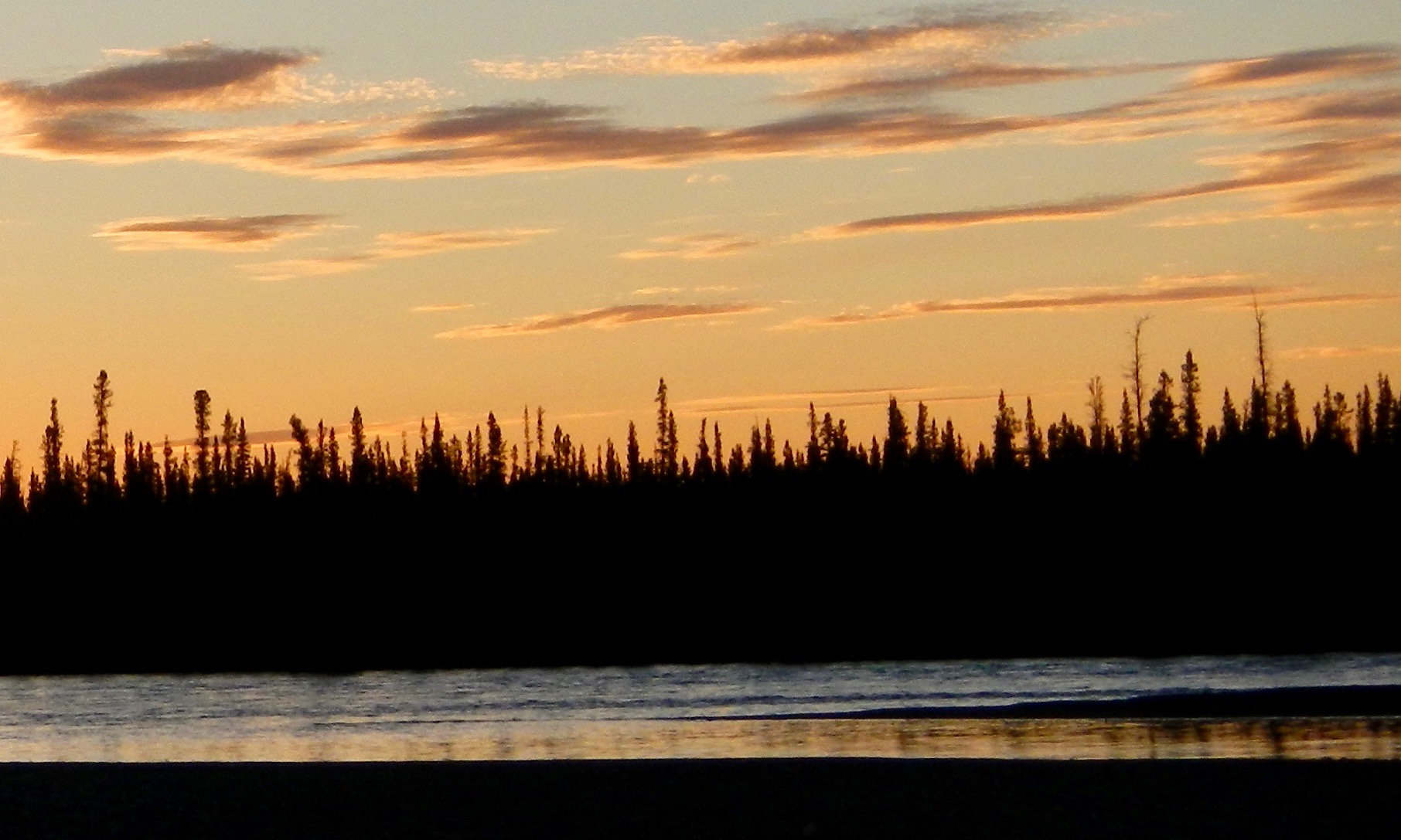On the final day of the 2025 Flagstaff Festival of Science, Andrew and other STEM professionals from NAU, USGS, and the Lowell Observatory participated in the event “Making STEM Digestible,” which was held at the USGS Astrogeology Science Center. The event was moderated by Greg Vaughan (USGS), whose research focuses on volcanic and geothermal phenomena.
To get the event rolling, Greg asked the panelists to describe the work they do first in technical and inaccessible language, and then in terms that (hopefully) the audience could understand. Andrew’s technical version: “In my research, we measure the fluxes of carbon dioxide, latent heat, and sensible heat between the land surface and the atmosphere. We do this using the eddy covariance method, which is a micrometeorological technique that uses 10 Hz measurements from a sonic anemometer and infrared gas analyzer to calculate the covariance between the vertical wind velocity and fluctuations in CO2, water vapor, and air temperature. When we gap-fill the resulting time series using machine learning methods we can estimate daily, monthly, and annual budgets of carbon and water for the ecosystem.” Hardly understanding a word, the audience was surprised to learn that Andrew is a forest ecologist!
The easier-to-understand version? “I use fancy instruments mounted above the forest canopy to measure the rhythmic “breathing” of trees. Trees breathe through tiny pores on the surface of leaves, known as stomata, with carbon dioxide being absorbed by the leaf, and water vapor being released. From my measurements we can learn how much trees are growing and how much water they are using.” Now that’s more digestible!
The photo shows (L to R) Todd Gonzales (Lowell Observatory), Anya Metcalfe (USGS), Greg Vaughan (USGS), Angie Hodge-Zickerman (NAU), and Andrew.


